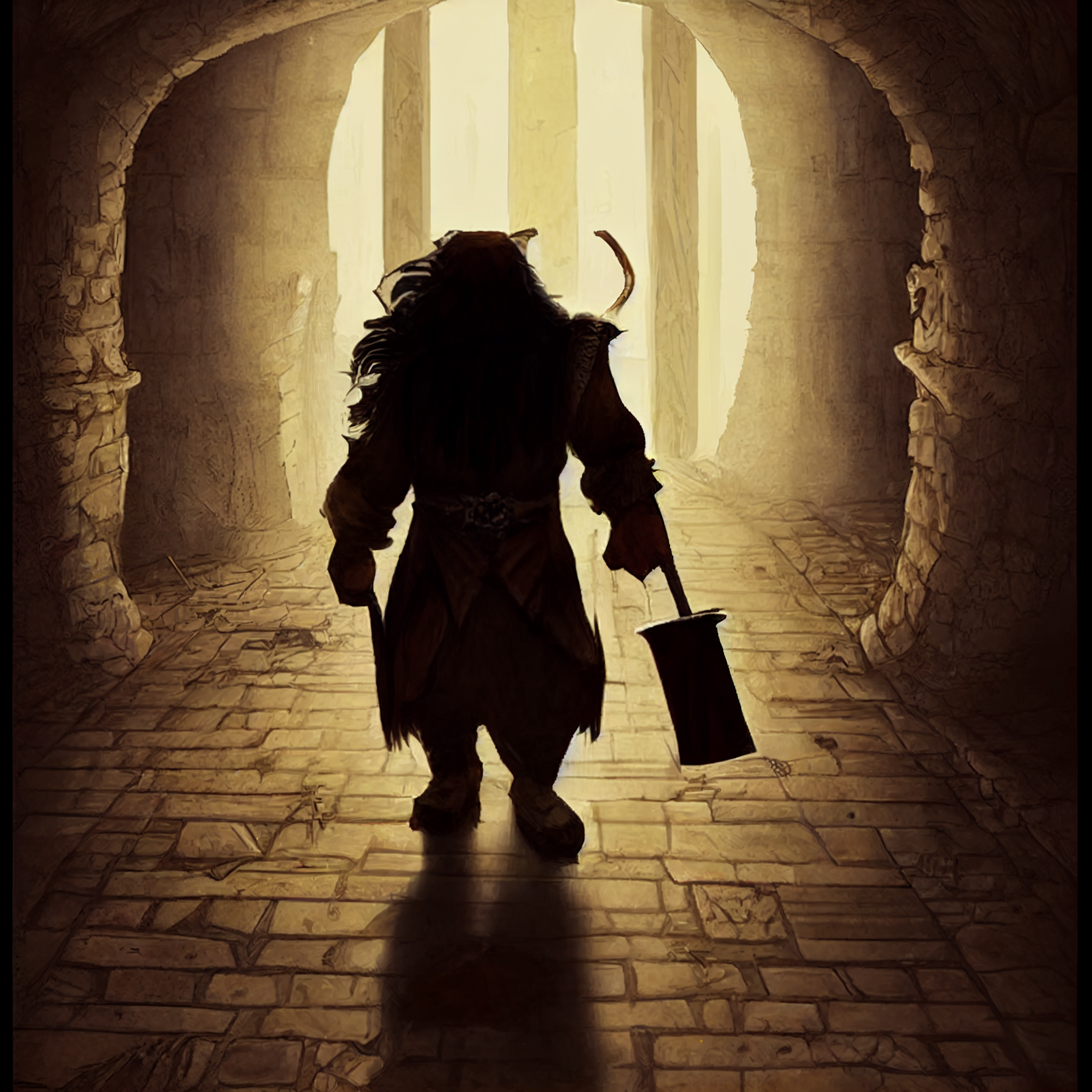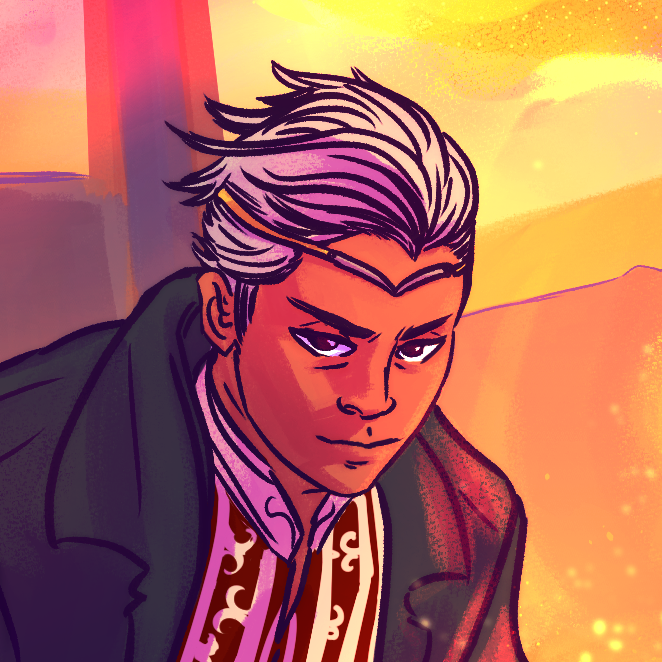Dwarven Punishments
Can't rightly say we have ever broken anyone out of a dwarven prison, far as I know they may not exist. Now mind you I ain't talking about a dwarven-made prison, I'm talking about a dwarven prison.While crime is not unheard of in dwarven society, by and large it is handled swiftly and with little fanfare. Within a clan, most "petty" crimes are handled with a strong punch and a stiff drink. More serious crimes, such as rape and murder do exist though. For those that commit these crimes, may the gods have mercy on you.
The anger of dwarves is not to be underestimated. Their wrath is the storm that wears down mountains, the patience of an ocean grinding away at a cliff, and the inevitability of a river grinding a boulder into sand. Do not anger a dwarf, for while their vengence is not swift, it is inevitable.
It was long thought that the worst punishment that could be offered by a dwarf clan was banishment. To be cut off from kith and kin, from hearth and home, for those as tightly bound as a dwarven clan the mere thought is enough to stay their hand. For the Mark of the Banished, while not visible to those not of dwarven blood, marks them in the eyes of all dwarves, and they are not likely to find welcome amoung their own people for as long as the mark lasts.
Exile, as one might guess, is permanent. Many dwarves would rather face a rampaging dragon alone than face exile. For these dwarves, there is no going back, and they are marked for all to know their shame. First, for male dwarves the beard is shaved off, and for the females the head is clean shaven. As dwarven hair grows from the ends, rather than the roots like those of other races, this is permanent. Then, the dwarf's right hand is severed halfway between the wrist and elbow. In its place a metal prosthetic is magically grafted.
The Gauntlet of Exile is a closed fist, clenched around a hinged sign documenting the crimes of the exiled Individual. This permanently closed hand prevents them from rendering any of the traditional dwarven greeting. The gauntlet is blessed (or cursed) by some of the most powerful dwarven magics documented. It is said that should the dwarf perform enough good in the eyes of the dwarven gods the fist will open and the sign will drop, allowing the dwarf to return home. This is likely just a rumor, repeated to the condemmed in the hopes that once they pass beyond dwarven lands they help the larger world, rather than seek the first impossible fight they can, in the hopes of some redemption in death by combat.
Over the centuries dwarves noticed that these threats held little deterrent to those criminals of other races. Loath to kill unless absolutely necessary, another method of dealing with these predators was needed. And so the dwarves turned to their mythology, and devised the Thinking Chair. Criminals are strapped to a stone chair somethere in the Mines, and while they are fed and given water, and the chair is assumed to be magical, as the prisoners do not wallow in their own filth, this will be of little solace should you ever find yourself in one. For the area the chair is made (placed?) is usually damp and littered with stalactites, with the chair being directly below one such formation.
The drip of water allows you more time awake to think about what you have done. While the runes carved into the stone above you accellerate the process, you will likely have decades to think about your crimes, as you are slowly encased in your personal sarcophagus.While this is not usually a death sentence, the claustraphobia of slowly being encased in stone over a decade or so is enough to deter most thieves from ever trying to steal from dwarves again. But it is not too much of a stretch to imagine that for more heinous crimes the promise of a sarcophagus is all too real.
So, while not necessarily a criminal punishment. The Ghostwalker Dwarves do, in fact, have a prison of sorts. If you want to see it you need to be able to approach Jarvnidartre on a plane besides our own. You will be greeted by a sight that one cannot unsee, stretching for uncounted miles is a wall that from a distance appears to be made of glowing intricately woven lace. No doubt this is where it has gotten its name, which roughly translates to The Wall of Crimson Lace. Closer inspection will reveal that it is true what they say, never anger a dwarf. For the wall is made from still living victims. Through a process that is as closely guarded as the Jarvnidartre, tresspassers are secured in place. While the living heads and skeletons are left intact, the rest of the flesh is disolved away and the nature of the "lace" is revealed. It is the blood vessels of all the victims of this process, interwoven, spliced together, and layered with magics that serve the dual purpose of keeping those in the wall alive and strengthing it into a magical spiderweb. This net is capable of ensnaring beings both coporeal and ethereal, keeping them there so that when a Ghostwalker Patrol happens by they can be added into this ever expanding net of protection.






Wow, some of these are quite severe but they feel totally right and fitting with the dwarven culture you've established. Well done!